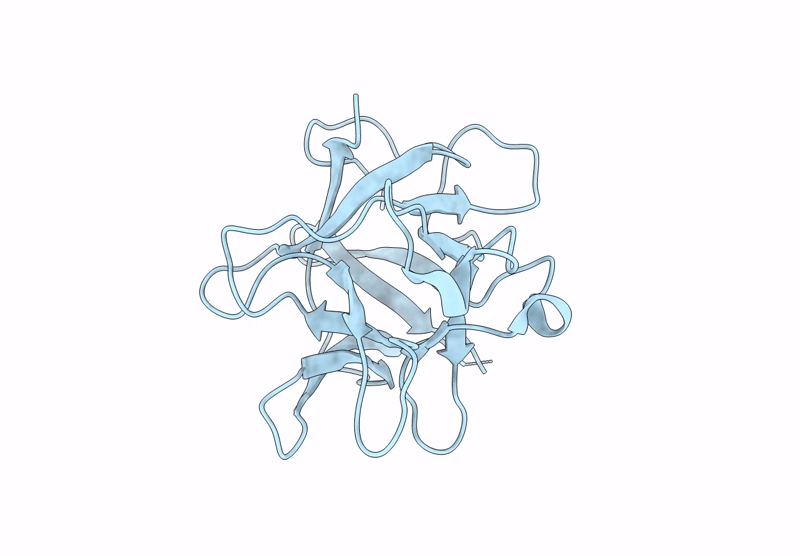
Deposition Date
2022-12-08
Release Date
2023-02-01
Last Version Date
2024-11-06
Entry Detail
PDB ID:
8HNR
Keywords:
Title:
Molecular structure of Kunitz-type trypsin inhibitor from seeds of Albizia procera
Biological Source:
Source Organism:
Albizia procera (Taxon ID: 384949)
Method Details:
Experimental Method:
Resolution:
1.42 Å
R-Value Free:
0.18
R-Value Work:
0.16
R-Value Observed:
0.16
Space Group:
C 1 2 1


